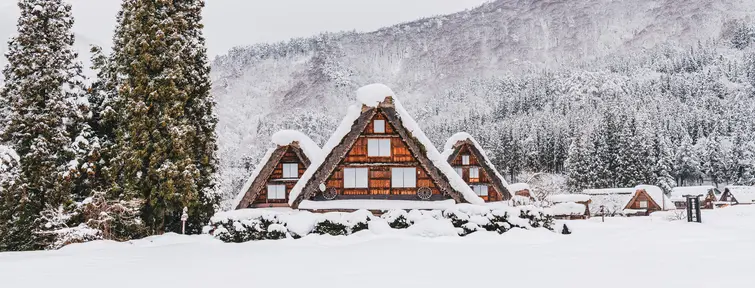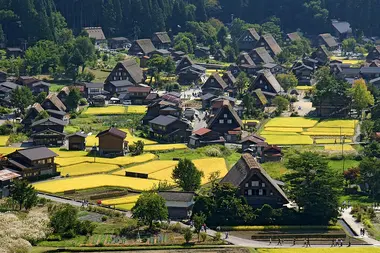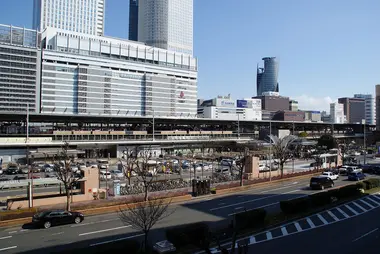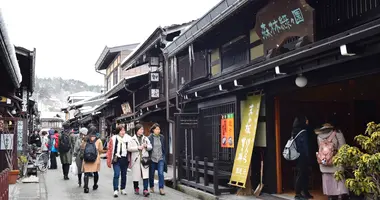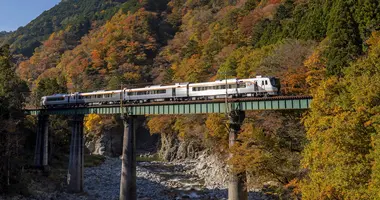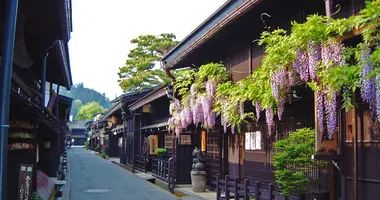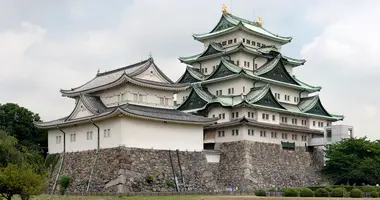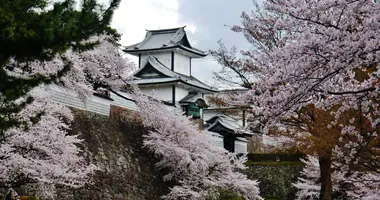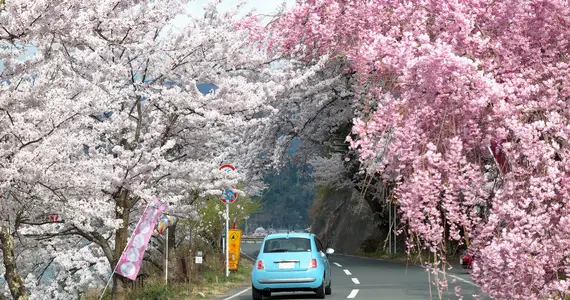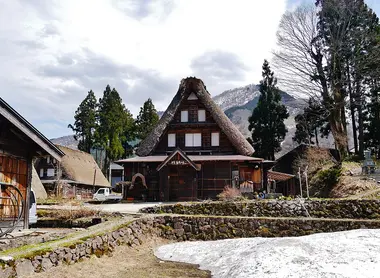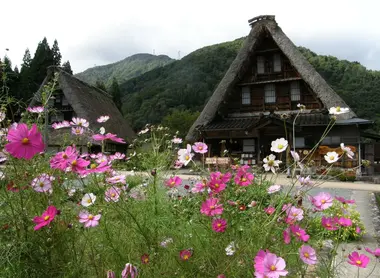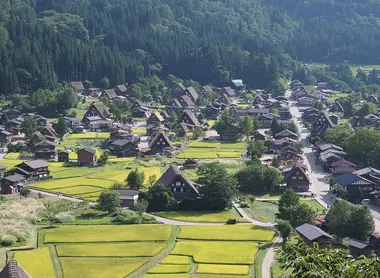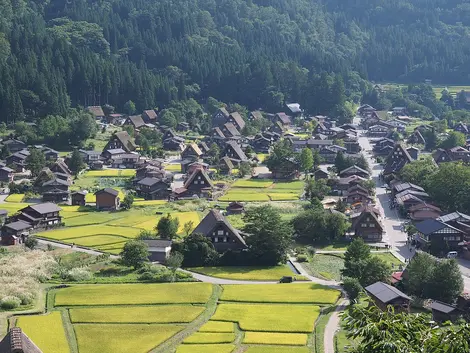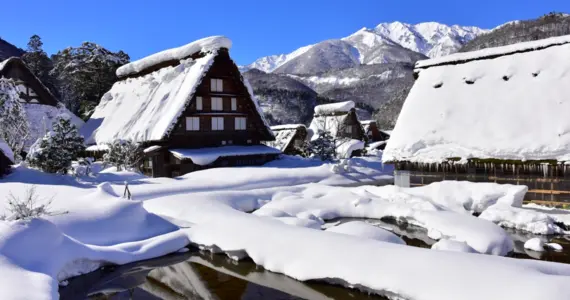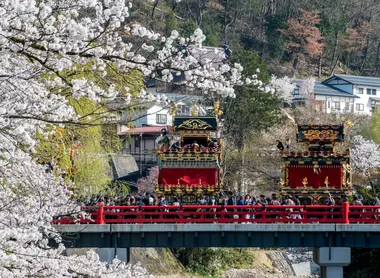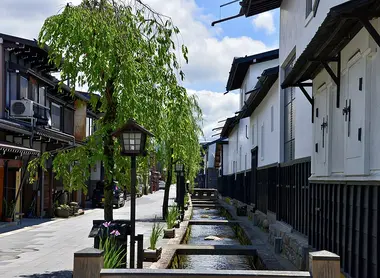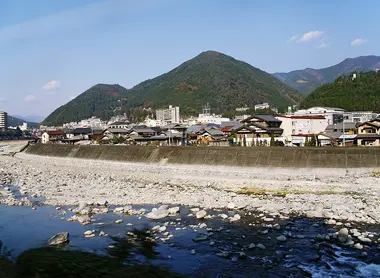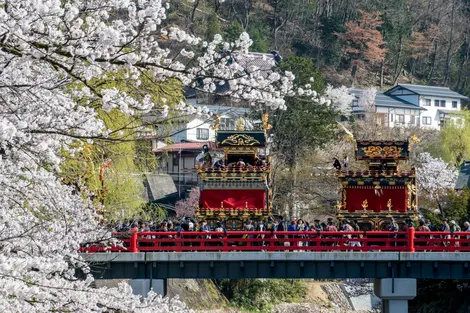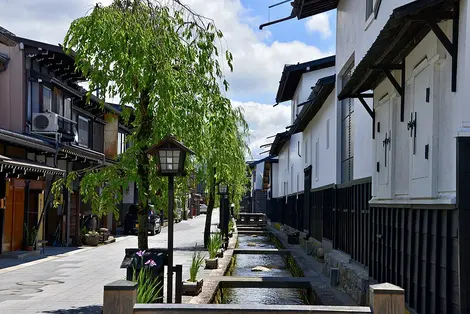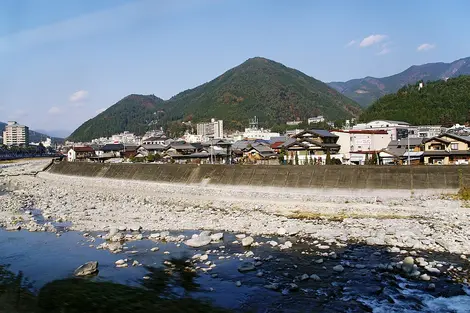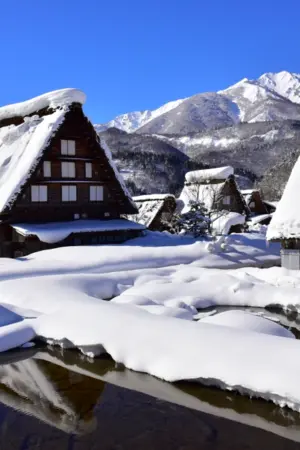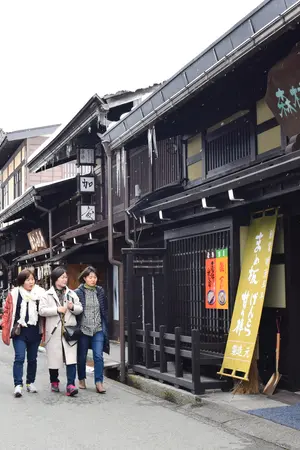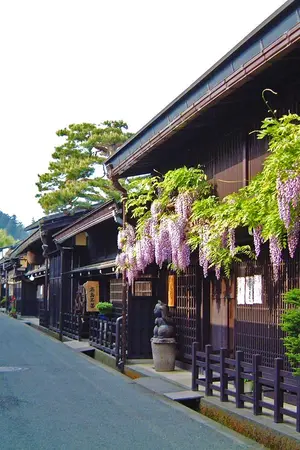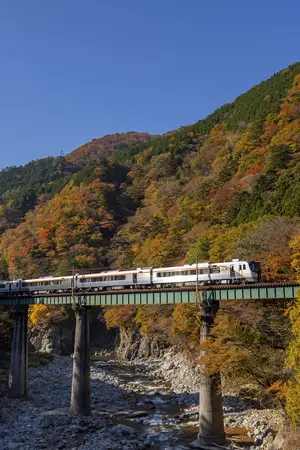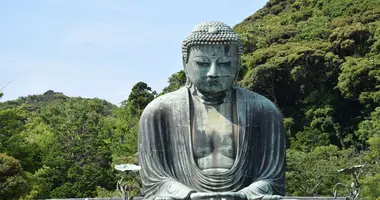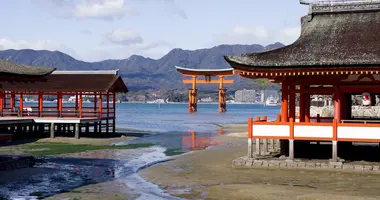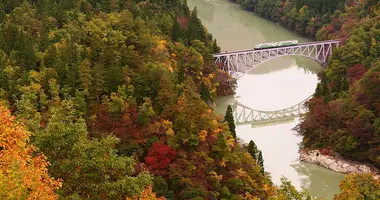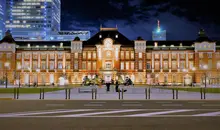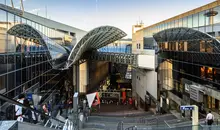How to get to Shirakawago
- Published on : 14/05/2025
- by : Joshua
- Youtube
The modest village of Shirakawago is a UNESCO World Heritage Site and is located within a picturesque valley. Made up of traditional, thatch-roofed homes and farmhouses in a style originating from the Edo Period, it is a unique attraction worth visiting! Look at some of the best options for getting to this unique attraction out in the Japanese countryside!
Shirakawago is a part of Japan that almost feels like stepping back in time. Located in Gifu Prefecture, it is a small village within a valley consisting of traditionally constructed buildings. This style of building is known as gassho-zukuri (合掌造り) in Japanese and is characterized by sharply slanted, thatched roofs.
This architecture is most often associated with Shirakawago and the sister town of Gokayama located in Toyama, and the two of them together are labeled as a UNESCO World Heritage Site. Gassho-zukuri was developed in the Edo Period in order to withstand heavy snowfall, a defining characteristic of the climate of the area. In fact, it is during the wintertime when this village is especially worth visiting, with the stark, white snow enveloping the rustic-looking structures.
Into the modern day, Shirakawago and its iconic homes are still inhabited, with the residents actively preserving the area’s culture. In turn, the village is one of the country’s most prominent historic attractions, popular with overseas and domestic travelers alike!
Despite seeming like a remote, exclusive location, Shirakawago and the surrounding area are quite easy to reach via Japan’s well-developed transportation system. Take a look at some of the best options for getting to this gorgeous site in Gifu Prefecture!
- Get to Shirakawago with a combination of train and bus
- Get to Shirakawago by driving there by car
- Travel between Shirakawago and Gokayama
- What to do in Shirakawago
- Other things to do near Shirakawago
Access to Shirakawago by train and highway bus
Getting to Shirakawago via train isn’t a fully straightforward endeavor; however, it is still relatively easy! For all routes, a highway bus will need to be ridden in order to get to the final destination of Shirakawago. If you have easy access to any of the stations that have buses that depart for Shirakawago, you can leave directly from there! Travelers may also take trains to stations that are closer to Shirakawago for easier access.
Stations that have buses that go directly to the Shirakawago Bus Terminal are as follows:
- Takayama Station (Gifu): ~50 minutes out to Shirakawago Bus Terminal
- Toyama Station (Toyama): ~1 hour 20 minutes
- Kanazawa Station (Kanazawa): ~1 hour 20 minutes
- Nagoya Station (Aichi): ~2 hours 30 minutes
For those coming from other places in Japan, travelers will need to get to one of these stations to access Shirakawago.
Takayama Station will be the closest in this regard, located less than an hour away and servicing much of the greater Hida area that Shirakawago is also located in.
From Takayama, the highway bus out to Shirakawago and also Gokayama in Toyama is covered by the Shirakawago Bus Pass. This pass is 7,000 yen for adults and 3,000 yen for children. It also includes access to the Minka-en Folk Museum located within Shirakawago. For seeing the entirety of the UNESCO World Heritage Site between the two villages and easy access from Takayama, this is one of the best options.
Check out more information on the pass here.
Takayama is already a popular destination from Tokyo and other major cities, so venturing out to Shirakawago is a worthwhile day trip.
Stations in Tokyo, Kyoto, and Osaka don’t have direct bus access to Shirakawago; however, they do have easy access to the aforementioned stations that do.
Access to Shirakawago from these cities can be done via the following routes:
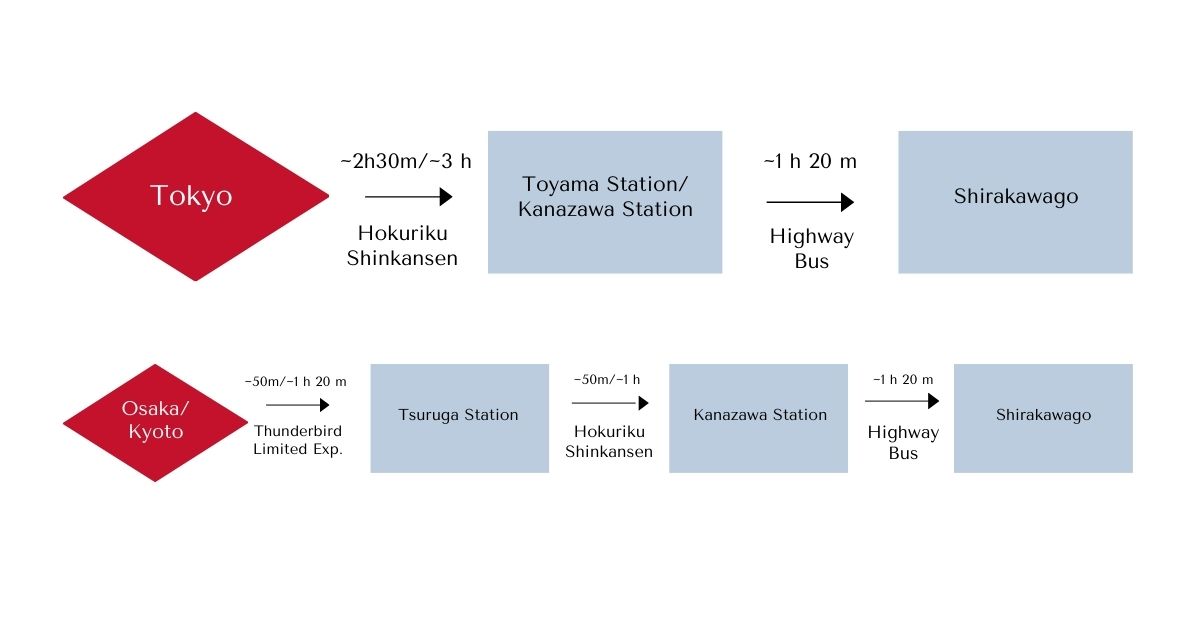
For those who are traveling to destinations like Kanazawa and Nagoya, Shirakawago and the greater Takayama make for a great trip, be it for the day or a more extended amount of time! Look into visiting this UNESCO World Heritage Site as an addition to your itinerary.
Get train tickets to your favorite destinations in Japan!
Access to Shirakawago by car
Driving out to Shirakawago presents a great opportunity to enjoy the Japanese countryside! Gifu Prefecture and the area around Shirakawago especially are blessed with beautiful nature. Gifu is actually one of only seven prefectures in Japan that is completely landlocked, and instead of coastlines, deep valleys and rolling mountains are laced throughout the landscape. Driving through this area is an amazing experience, especially in autumn when the dense forests transform into a sea of burgundy and gold.
Additionally, along the way, there are a medley of small towns and beautiful attractions that are easily visitable at your own leisure with a car! Driving through Gifu and the area around Shirakawago provides optimal independence and is great for families. There are even camping grounds within the area that can be used and are most easily accessible by car! Parking at Shirakawago will cost around 1,000 yen.
Expressways will, of course, take much less time than local roads but will have toll charges. Average driving times from prominent locations in Japan are as follows:
- From Kanazawa: ~1 hour 10 minutes via the Hokuriku Expressway
- From Nagoya: ~2 hours 15 minutes via the Tokai Hokuriku Expressway
- From Osaka: ~4 hours via the Meishin Expressway and Tokai Hokuriku Expressway
- From Tokyo: ~5 hours 15 minutes via the Chuo Expressway, Nagano Expressway, and Tokai Hokuriku Expressway
Be aware that most visitors will be able to drive in Japan with an International Driving Permit; however, those with licenses issued by France, Switzerland, Germany, Belgium, Monaco and Taiwan will need an official Japanese translation of their licenses to drive in Japan. More details are available below.
Get an official translation for your license to drive in Japan!
Going between Shirakawago and Gokayama
As previously mentioned, Shirakawago is especially notable for its gassho-zukuri homes, and the combination of here and Gokayama in Toyama makes up the UNESCO World Heritage Site. Between these two towns, there are three villages made up of these traditional homes. They are as follows:
- Ogimachi: The largest of the 3 villages, it consists of many homes and farmhouses, many of which are still owned and inhabited by local families.
- Ainokura: Located in Gokayama in Toyama, this village is home to 20 different thatch-roofed homes with a more relaxed environment.
- Suganuma: Also located in Gokayama, this is the smallest of the villages with a modest charm.
Seeing both sites encapsulates the traditional lifestyle of this mountainous Japanese Alps area. For those using a car, the two locations are 30 minutes apart by highway and cost around 570 yen.
One of the best options for checking out all these locations and more, however, is the aforementioned Shirakawago Bus Pass. For 7,000 yen, this one-day pass grants access to all three aforementioned villages between Shirakawago and Gokayama. Departing from Takayama Station, pass holders have unlimited access to the bus for the day and can even enter the Minka-en Folk Museum located within Shirakawago! See more details below:
Get the Shirakawago Bus Pass to see all the best of the UNESCO World Heritage Site!
What to do in Shirakawago
The thatch-roofed homes of Shirakawago are the most recognizable and notable attractions of the village. But there are a medley of other things to do and see alongside them! Here are some of the best things to see in Shirakawago:
- Wada House: The largest gassho-zukuri house within Ogimichi. This building was owned by the Wada family, who were the heads of the village during the Edo period. Entry is 300 yen for adults and 150 yen for children.
- Shirakawa Kaido: The main street of Shirakawago, lined with houses, restaurants, shops, and more! Great for trying local delicacies and souvenir shopping.
- Ogimachi Castle Observation Point: A short but worthwhile hike leads to the site of the former Ogimachi Castle that now overlooks the village. A great photo spot throughout the seasons!
Stay overnight in Shirakawago
Visitors have the opportunity to stay overnight at a gassho-zukuri home in Shirakawago! Many of these buildings are family-operated accommodations, known as minshuku, and provide tenants with a chance to experience life as it was in this village back in the Edo period. As this is a popular experience, it is best to book this kind of accommodation as far ahead as possible.
- Listings and further information on staying in Shirakawago can be found on their official website here.
Other things to do around Shirakawago
The greater area around Shirakawago is filled with beautiful nature and other great attractions! While the village itself is located in the Ono District of Gifu, it is nearby other well-known locations. Take a look at some other places around Shirakawago and within Gifu to check out!
- Takayama: A charming town in central Gifu, famous for its picturesque river that flows through it, collection of small businesses, morning market, and delicious wagyu beef! Shirakawago is also directly connected to Takayama via bus, so visiting here first is a worthwhile adventure!
- Gero: An onsen town surrounded by mountains, it is a popular destination for hot springs and weekend getaways. Frog-themed motifs are found throughout, as the word “gero” is also an onomatopoeia for frogs in Japanese.
- Hida-Furukawa: This modest town is filled with rural charm, with a gorgeous Shinto shrine known as Keta Wakamiya Shrine overlooking it from a hill. Fans of the anime film “Your Name” (君の名は) will recognize this town’s station, as it was featured in the film briefly.
